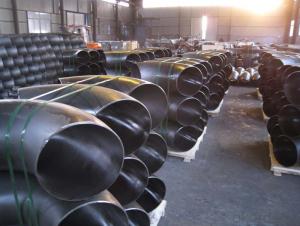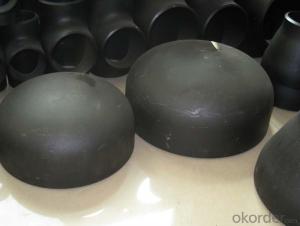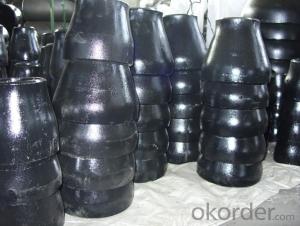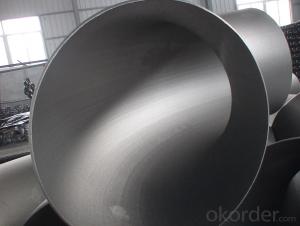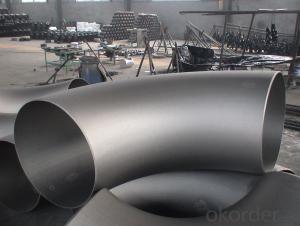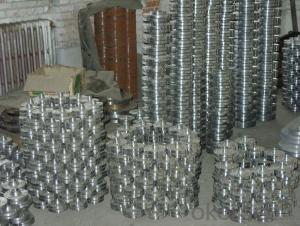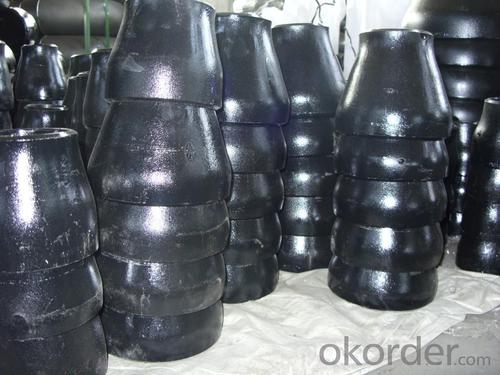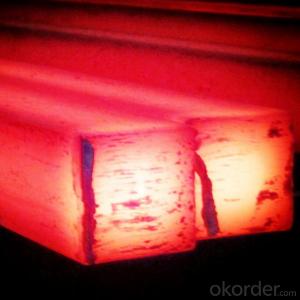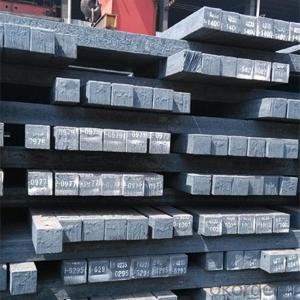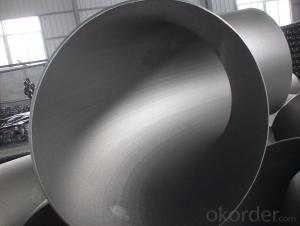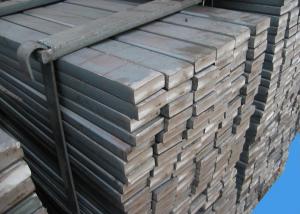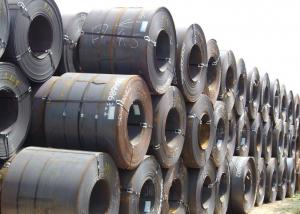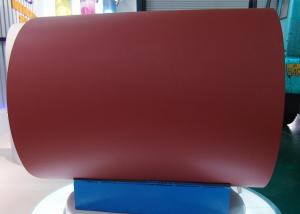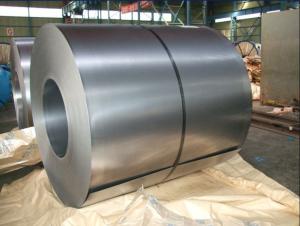Carbon Steel Pipe BEND 45DEG
- Loading Port:
- China Main Port
- Payment Terms:
- TT OR LC
- Min Order Qty:
- -
- Supply Capability:
- -
OKorder Service Pledge
OKorder Financial Service
You Might Also Like
Specifications
Specifications
pipe fitting elbow
Certificate:ISO:9001-2000
New material,completely meet asme and din standard
Best price
1. type: AISI ASTM A234 WPB BW Con Elbow
2. Size: 1/2"-48"(1/2"-24"is seamless and 26"-48"is welded)
3. Wall thickness: sch10-160, STD, XS, XXS
4. Material: A234WPB, A420WPL6, A420WP5, WP11, WP12, WP22, etc
5. Welding line: seamless
6. Angle of bend: 30, 45, 90, 180degree
7. Bending radius: SR, LR
8. Standard: ANSI B16.9, JIS, SB, DIN, GB
9. Surface treatment: black paint, vanis paint, black rust-proof oil,
transparent oil, hot galvanizing
10. Application: petroleum, electricity, chemical, natural gas, metallurgy,construction,
shipbuilding and other fields because of its high pressure, high temperature, etc
11. connection: welding
12. technics:forged
13.Certificate:ISO9001 - 2000, CE, SGS, etc.
14. packaging: wooden case, pallet, container or in accordance with the
requirement of customers
15. Principle: quality fist, customer first, credit first
16. payment: L/C T/T
17. delivery time: 7-25 days after payments
18. Notes: the bevel can be made in accordance with the special requirements
of the customers
19. Others: we can also produce the products according to the requirements
of the customers
The main production:
1. PIPE FITTINGS: elbows, tees, bends, reducers, cap, flanges and sockets etc.
2. PIPE: bult welded pipes, seamless pipes, threaded pipes, etc.
We sincerely welcom customers at home and abroad to visit us and seek common development.
- Q: What are the different types of steel profiles used in architectural designs?
- There are several types of steel profiles commonly used in architectural designs, including I-beams, C-channels, angle iron, T-sections, and hollow structural sections (HSS). These profiles are utilized for their structural strength, versatility, and ability to support heavy loads in various architectural applications.
- Q: How do steel products contribute to the renewable energy sector?
- Steel products contribute to the renewable energy sector in various ways. Firstly, steel is a key component in the manufacturing of wind turbines, which are crucial for wind energy generation. The towers, nacelles, and blades of wind turbines are predominantly made of steel, providing structural integrity and durability. Secondly, steel is used in the construction of solar panel frames and support structures, ensuring their stability and longevity. Additionally, steel is essential for the development of infrastructure, such as transmission lines and energy storage systems, which are vital for the efficient distribution and management of renewable energy. Overall, steel products play a significant role in facilitating the growth and sustainability of the renewable energy sector.
- Q: What is the importance of steel reinforcement in concrete structures?
- The importance of steel reinforcement in concrete structures lies in its ability to enhance the strength and durability of the construction. Steel reinforcements, in the form of bars or mesh, are incorporated into the concrete to provide tensile strength, which concrete lacks. This reinforcement prevents cracking and structural failure under various loads, such as heavy weights or seismic activity. By improving the structural integrity, steel reinforcement ensures the longevity and safety of concrete structures, making them capable of withstanding extreme conditions and extending their lifespan.
- Q: What are the common uses of steel in the aerospace industry?
- Steel is commonly used in the aerospace industry for various applications including the construction of airframes, engine components, landing gears, and fasteners. It offers excellent strength-to-weight ratio, durability, and resistance to high temperatures, making it ideal for withstanding the demanding conditions of aerospace operations.
- Q: How is steel used in the production of electrical appliances and wiring?
- Steel is commonly used in the production of electrical appliances and wiring as it provides a strong and durable framework for various components. It is often used in the construction of appliance casings, motor housings, and brackets, ensuring the safety and protection of internal electrical components. Additionally, steel is used in electrical wiring as a support structure, providing strength and stability to carry and distribute electricity effectively.
- Q: How does steel pipe coating for underground applications work?
- Steel pipe coating for underground applications typically involves a multi-step process that begins with surface preparation, where the pipe is cleaned and any existing corrosion is removed. After that, a primer is applied to enhance adhesion and prevent further corrosion. The next step is the application of a fusion-bonded epoxy (FBE) coating, which is cured through heat. This FBE coating provides excellent protection against corrosion and abrasion. Additionally, an outer layer of polyethylene or polypropylene is often applied for additional mechanical protection. Overall, this coating process ensures the durability and longevity of the steel pipe in underground environments.
- Q: How is steel plate heat-treated for optimal strength?
- Steel plate is heat-treated for optimal strength through a process called quenching and tempering. First, the steel plate is heated to a high temperature, known as the austenitizing temperature, which allows the carbon in the steel to dissolve uniformly. It is then rapidly cooled by immersing it in a quenching medium, such as oil or water, to transform the crystal structure into a hard martensitic phase. Subsequently, the plate is reheated to a lower temperature and held for a specific period to temper the martensite, reducing its brittleness while maintaining a significant level of strength. This heat treatment method enhances the hardness, toughness, and overall mechanical properties of the steel plate, making it ideal for various applications requiring optimal strength.
- Q: What are the different types of steel beams and their applications?
- There are several types of steel beams commonly used in construction and their applications vary based on their characteristics. Some of the common types include I-beams, H-beams, and T-beams. I-beams, also known as W-beams, have a characteristic shape resembling the letter "I". They are widely used in construction due to their high strength-to-weight ratio and are commonly used in structural support applications such as building frames and bridges. H-beams, also known as wide flange beams, have a shape resembling the letter "H". They are often used in structural applications that require heavy loads, such as columns and retaining walls. H-beams offer excellent bending and shear resistance, making them suitable for various construction projects. T-beams, also known as Tee beams, have a shape resembling the letter "T". They are commonly used in reinforced concrete structures, where they provide support for slabs and beams. T-beams are typically used in applications such as floor and roof systems, as well as bridge decks. Each type of steel beam has its own unique properties and applications, and the choice of beam depends on the specific requirements of the construction project.
- Q: How are steel pipes used in the transportation of natural gas?
- Steel pipes are commonly used in the transportation of natural gas due to their strength, durability, and resistance to corrosion. These pipes are used to create a network of pipelines that transport natural gas from production wells to distribution centers and ultimately to homes, businesses, and industries. The steel pipes are designed to withstand high pressure and can transport large volumes of natural gas over long distances efficiently and safely.
- Q: What are the different types of steel tanks and their applications in the food processing industry?
- There are several types of steel tanks used in the food processing industry, including stainless steel tanks, carbon steel tanks, and alloy steel tanks. Stainless steel tanks are the most common type, known for their corrosion resistance and hygienic properties. They are widely used for storing and processing various food products such as dairy, beverages, sauces, and oils. Carbon steel tanks, on the other hand, are less expensive but require additional measures to prevent corrosion. They are commonly used for bulk storage of dry food ingredients like grains, flour, and sugar. Alloy steel tanks are a specialized type that offers enhanced strength and durability. They are utilized in food processing applications that involve high-pressure processes or extreme temperature conditions, such as canning or sterilization. Overall, steel tanks play a crucial role in the food processing industry, ensuring proper storage, transportation, and processing of food products while maintaining hygiene and safety standards.
Send your message to us
Carbon Steel Pipe BEND 45DEG
- Loading Port:
- China Main Port
- Payment Terms:
- TT OR LC
- Min Order Qty:
- -
- Supply Capability:
- -
OKorder Service Pledge
OKorder Financial Service
Similar products
Hot products
Hot Searches
Related keywords
